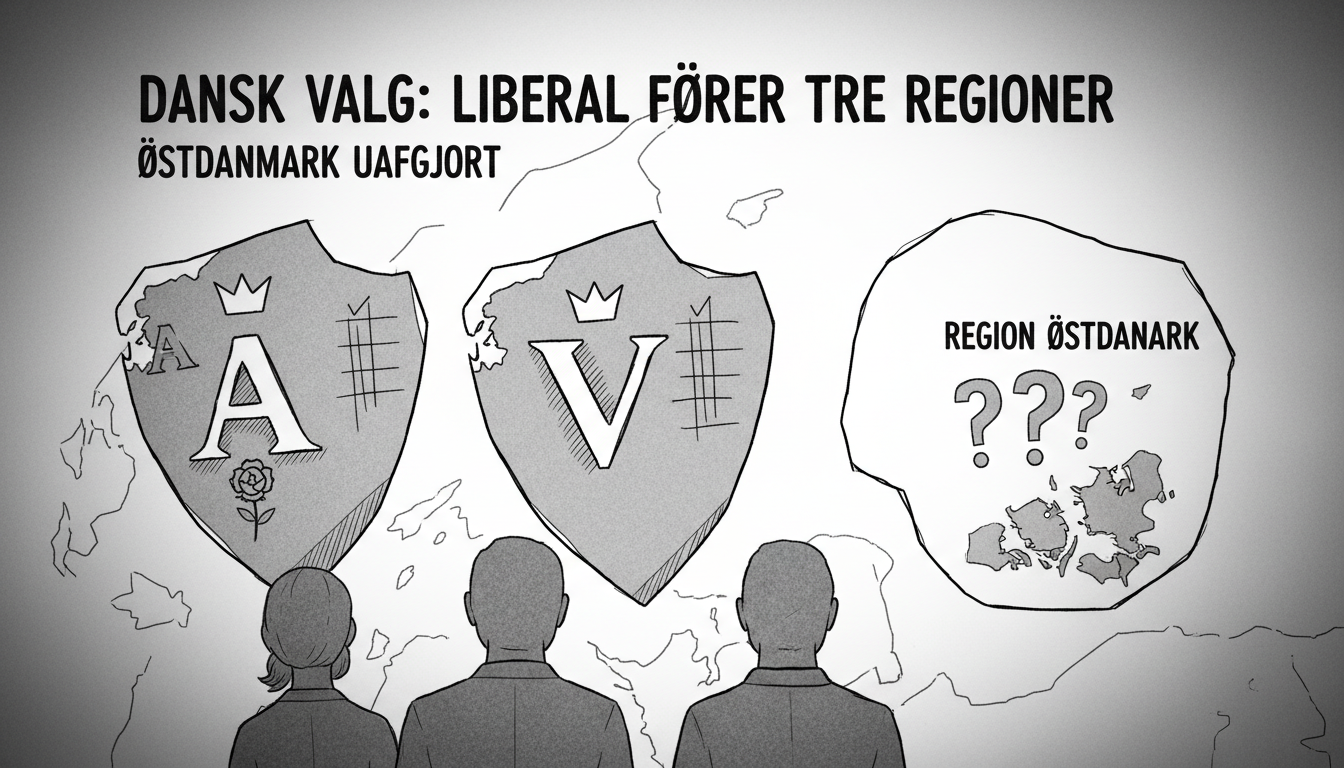Danish regional election results show clear patterns emerging across three of the country's four administrative regions. The Liberal Party has secured the top position in both Region Syddanmark and Region Nordjylland, while the Social Democrats lead in Region Midtjylland. Only the newly formed Region Østdanmark remains to be counted.
In Region Syddanmark, the Liberal Party under Bo Libergren maintained its dominant position despite a substantial decline of 14.1 percentage points. The party's drop follows the departure of popular former regional council chair Stephanie Lose, who moved to national politics as a minister after the last election. The Social Democrats claimed second place in this southern region.
Region Nordjylland saw the Liberal Party, led by Mads Duedahl, capture 27 percent of votes. This represents a slight improvement compared to the previous regional election. The Social Democrats followed closely with 25.1 percent, though they experienced a notable decline of 9.9 percentage points in this northern territory.
Central Denmark tells a different story. The Social Democrats, with Anders Kühnau at the helm, emerged as the largest party in Region Midtjylland despite losing 5.4 percentage points. The Liberal Party also declined by 5.6 points but secured second position. The Denmark Democrats entered the regional political scene with 7.9 percent of the vote.
These early results reveal several important trends in Danish regional politics. The Liberal Party maintains strong regional support even as it experiences vote share fluctuations. The Social Democrats show resilience in central regions while facing challenges in northern areas. New political movements like the Denmark Democrats are gaining footholds in regional governance.
Regional elections in Denmark determine who oversees crucial public services including healthcare, regional development, and public transportation. The outcomes directly impact how billions of kroner are allocated across Denmark's five administrative regions. These elections often serve as important indicators of national political sentiment between parliamentary elections.
International observers should note that Danish regional governments play substantial roles in healthcare delivery and infrastructure planning. The results will influence how regions approach challenges like hospital management, public transportation networks, and regional economic development. The final results from Region Østdanmark will complete the national picture of Danish regional political preferences.
What do these results mean for Denmark's political landscape? The patterns suggest both major parties face challenges maintaining their traditional strongholds. Voters appear willing to support alternative parties in regional contests, potentially signaling shifting loyalties that could affect future national elections. The full implications will become clearer when Region Østdanmark announces its results.

